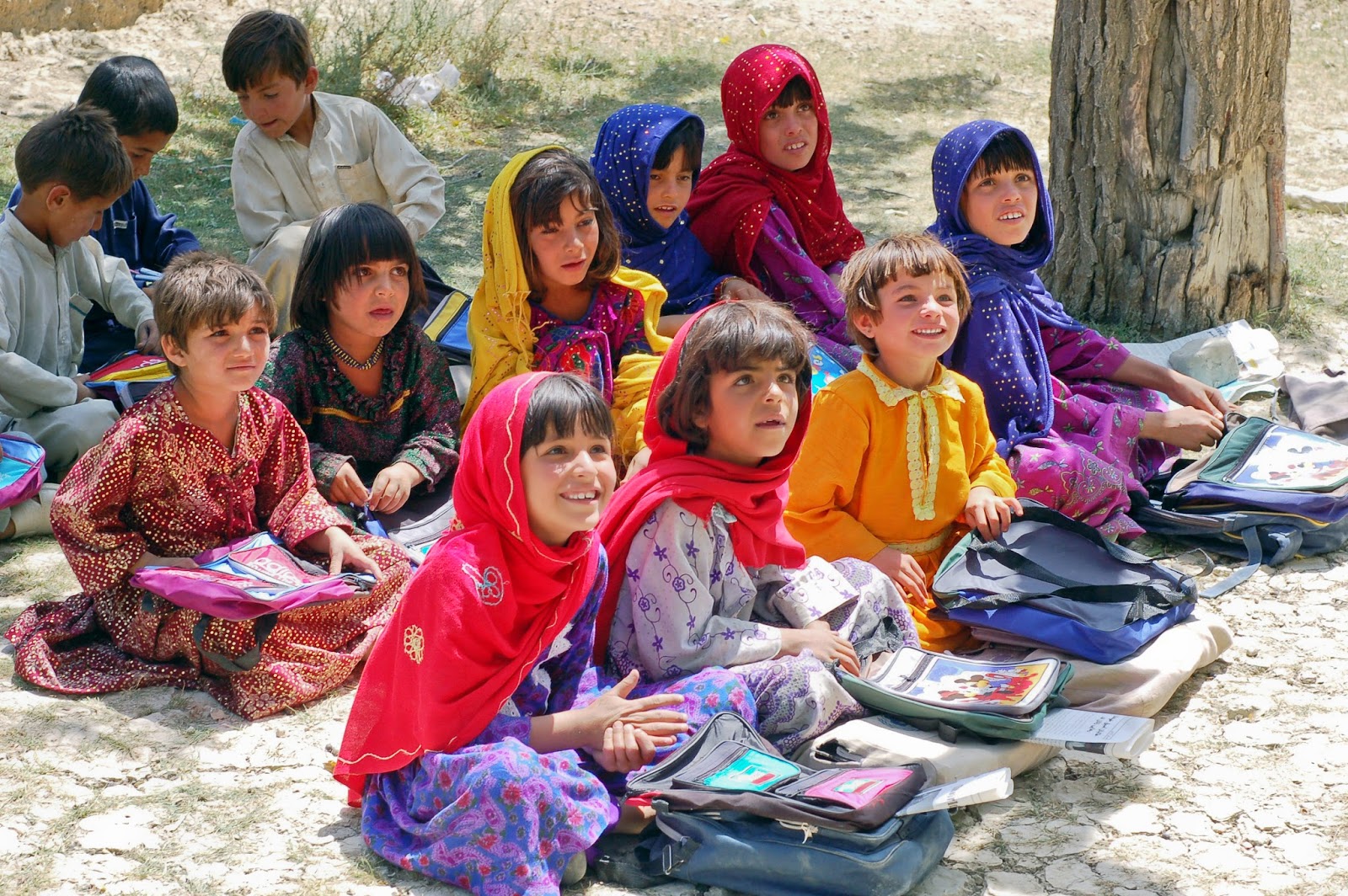বিয়ের আগে পরিবার পরিজন, আত্মীয় স্বজন সংক্রান্ত যাবতীয় খোঁজ খবর নিয়ে
থাকি আমরা, কিন্তু ভুলে যাই সব চেয়ে প্রয়োজনীয় ব্যাপার স্বামী স্ত্রীর
ব্লাড গ্রুপ সংক্রান্ত ব্যাপার টি, আসুন জেনে নেয়া যাক এই বিষয়ে জরুরী
কিছু তথ্যঃ
স্বামী-স্ত্রীর ব্লাড গ্রুপ কেমন হওয়া উচিত সে বিষয়টি নিয়ে আলোচনা করার
আগে প্রথমে আমাদের ব্লাড গ্রুপ সম্পর্কে কিছু কথা জানা দরকার। প্রধানত
ব্লাড গ্রুপ কে দুই ভাগে ভাগ করা হয়। একটা হল ABO system (A, B, AB &
O), আরেকটা হল Rh factor {Rh positive(+ve) & Rh negative(-ve)}.
অর্থ্যাৎ Rh factor ঠিক করবে ব্লাডগ্রুপ পজেটিভ হবে না নেগেটিভ হবে। তাহলে
ব্লাড গ্রুপগুলো হলঃ A+ve, A-ve, B+ve, B-ve, AB+ve, AB-ve O+ve, O-ve.
জেনে নেয়া যাক,
যদি অন্য গ্রুপের ব্লাড কারো শরীরে দেওয়া হয় তাহলে কী হবে?
স্বামী-স্ত্রীর ব্লাডগ্রুপ কী রকম হওয়া দরকার?
স্বামীর ব্লাডগ্রুপ যদি পজেটিভ হয় তাহলে স্ত্রীর ব্লাডগ্রুপ ও পজেটিভ
হতে হবে। আর যদি স্বামীর ব্লাডগ্রুপ নেগেটিভ হয় তাহলে স্ত্রীর ব্লাডগ্রুপ
পজেটিভ বা নেগেটিভ যে কোনো একটি হলেই হবে। তবে স্বামীর ব্লাডগ্রুপ যদি
পজেটিভ হয় তাহলে কোনোভাবেই স্ত্রীর ব্লাডগ্রুপ নেগেটিভ হওয়া চলবে না।
এক্ষেত্রে যদি স্ত্রীর ব্লাডগ্রুপ নেগেটিভ হয় তাহলে তার স্বামীর ব্লাডগ্রুপ
ও নেগেটিভ হতে হবে।
যদি স্বামীর ব্লাডগ্রুপ পজেটিভ হয় আর স্ত্রীর ব্লাডগ্রুপ নেগেটিভ হয় তাহলে কী সমস্যা হবে?
রক্তের গ্রুপ মিলে গেলে কোন সমস্যা হয় না। তবে স্ত্রী যদি নেগেটিভ হয় আর
স্বামী যদি পজিটিভ হয় তাহলে ‘লিথাল জিন’ বা ‘মারন জিন’ নামে একটি জিন তৈরি
হয় যা পরবর্তীতে জাইগোট তৈরিতে বাঁধা দেয় বা জাইগোট মেরে ফেলে। সে ক্ষেত্রে মৃত বাচ্চার জন্ম হয়। যদি
স্বামীর ব্লাডগ্রুপ পজেটিভ হয় তাহলে সাধারনত বাচ্চার ব্লাডগ্রুপ ও পজেটিভ
হবে। যখন কোনো নেগেটিভ ব্লাডগ্রুপের মা ধারন করবে পজেটিভ Fetus(ভ্রুন) তখন
সাধারনত প্রথম বাচ্চার ক্ষেত্রে কোনো সমস্যা হবে না। কিন্তু ডেলিভারির
সময় পজেটিভ Fetus এর ব্লাড, placental barrier ভেধ করে এবং placental
displacement এর সময় মায়ের শরীরে প্রবেশ করবে। মায়ের শরীরে ডেলিভারির সময়
যে ব্লাড প্রবেশ করবে, তা ডেলিভারি হওয়ার কয়েক মাসের মধ্যেই মায়ের শরীরে Rh
এন্টিবডি তৈরী করবে। যখন মা দ্বিতীয় সন্তান বহন করবে, তখন যদি তার fetus
এর ব্লাডগ্রুপ পুনরায় পজেটিভ হয়। তাহলে মায়ের শরীরে আগে যেই Rh এন্টিবডি
তৈরী হয়েছিলো সেটা placental barrier ভেধ করে বাচ্চার শরীরে প্রবেশ করবে।
আর যখন fetus এর শরীরে Rh antibody ঢুকবে তখন fetal এর RBC এর সাথে
agglutination হবে, যার ফলে RBC ভেঙ্গে যাবে। একে মেডিকেল টার্ম এ “Rh
incompatibility” বলে।

















